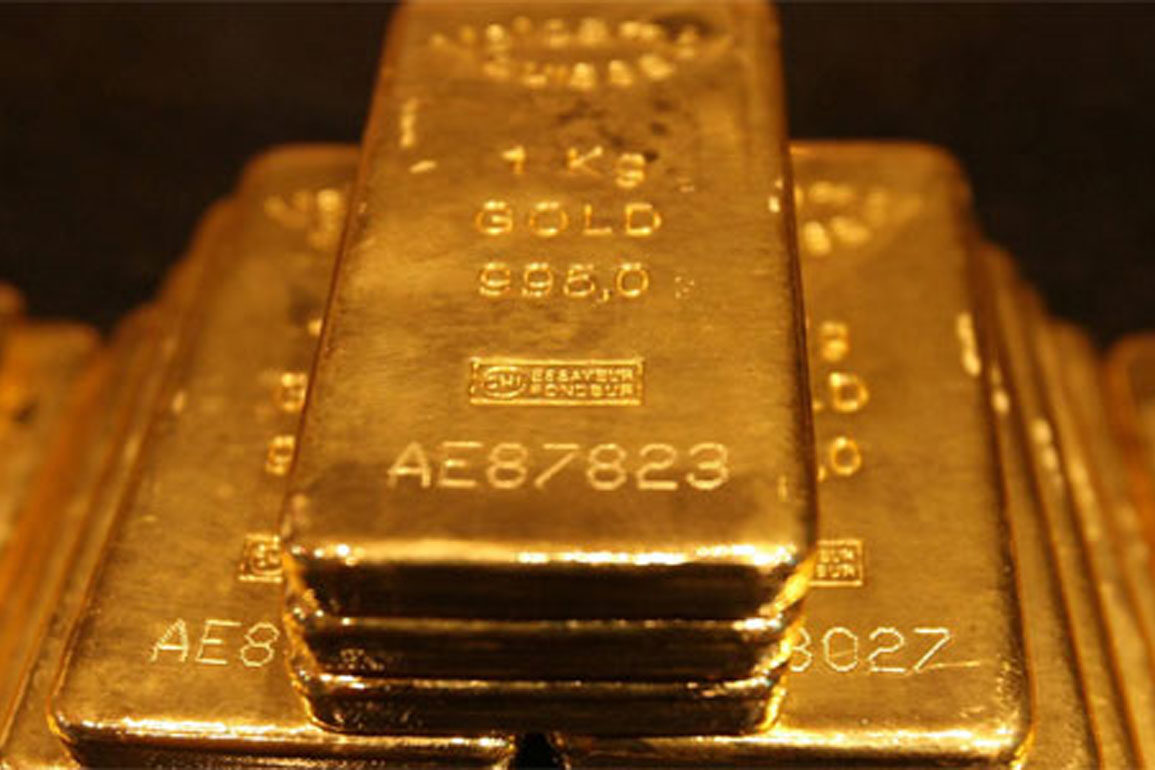Gold prices hit record highs last week, with 10 gm of the metal costing over Rs 48,000. Prices have since scaled back a little, but continue to be at multi-year highs. Gold is perhaps the only asset whose value has gone up when everything else has declined under the impact of the deadly Covid-19 outbreak.
In fact, the pandemic is precisely the reason for the new strength in gold prices. The pandemic fuelled the safe-haven investment demand for the metal, despite a marked weakness in the consumer-focused sectors of the gold market. The increased investment demand offset the retail market weakness to a large extent.
As the scale of the pandemic—and its potential economic impact—started to emerge, investors sought safe-haven assets. Gold-backed exchange-traded funds (gold ETFs) attracted huge inflows, which pushed global holdings in these products to a new record high of 3,185 tonnes.
The yellow metal found further support from the unprecedented action taken by global central banks to curb the economic impact of the virus outbreak. A concerted round of interest rate cuts, combined with trillions of dollars in both quantitative easing measures and fiscal support, helped lift gold after its initial March pullback. While the US dollar gold price remained below its 2011 peak, gold prices denominated in rupee and other currencies continued to reach new all-time highs.
Volatility in global financial markets rocketed in February as the spread of Covid-19 accelerated around the world. Stock markets suffered a steep sell-off and the broader commodity indices saw sharp losses. Gold was also very volatile in March, but benefitted from strong safe-haven flows as investors grappled with the uncertain short and long term economic impacts of the pandemic and an environment of ultra-low interest rates. But on the other hand, gold was sold amid widespread asset liquidations, which affected even long-term US Treasuries. Gold was reportedly used as a source of liquidity by investors needing to meet margin calls on risk assets as they sold off.
The twin effects of the pandemic and soaring gold prices caused global jewellery demand to plummet 39 per cent. The first quarter jewellery demand fell to a record low. In value terms, the global demand fell to US$16.6 billion, its lowest since 2010 in the aftermath of the global financial crisis.
Almost without exception, jewellery markets across the globe recorded year-on-year losses as the impact of the coronavirus compounded the effect of high, and steeply rising, gold prices. China, the world’s largest jewellery market, was hardest hit by lockdown measures as demand was slashed by 65 per cent year on year.
India’s first-quarter jewellery demand fell by 41 per cent to an eleven-year low of 73.9 tonnes as Covid-19 compounded the impact of higher domestic gold prices amid a depreciating currency and softer economic growth. Although the wedding season lifted demand early in the quarter, a sharp increase in local gold prices from mid-February led to a slowdown in demand as consumers held back on purchases. Later in the quarter, the market suffered as the lockdown took effect: demand in March slumped by between 60 and 80 per cent. As demand dried up, price discounts widened sharply. The discount in the local market price clearly shows the impact of the lockdown—widening out sharply to as much as US $70 per ounce before ending the quarter around US $40 per ounce.
The higher domestic prices have led to a major boost to the recycling market, with jewellers buying old gold jewellery at attractive prices. As a result, the import of gold has come down, which has a significant positive impact on the country’s current account deficit.
Bar and coin investment in India fell 17 per cent y-o-y to 28 tonnes – its lowest level for four years. Having fallen prey to soaring and volatile local gold prices in January and February, the lockdown effectively brought retail investment to a halt. Availability of bars and coins became problematic after the gradual closure of retail shops and bullion dealers.
While central bankers around the globe were focused on the measures needed to contain the economic impact of the pandemic, the need for robust, liquid and diversified international reserves was apparent. Central banks, including the Reserve Bank of India, bought 145 tonnes of gold, 9 per cent above the five-year quarterly average. India bought 6.8 tonnes, followed by the UAE with 7 tonnes, Kazakhstan 2.8 tonnes and Uzbekistan 2.2 tonnes, while Russia suspended gold buying after 14 years of sustained buying.







